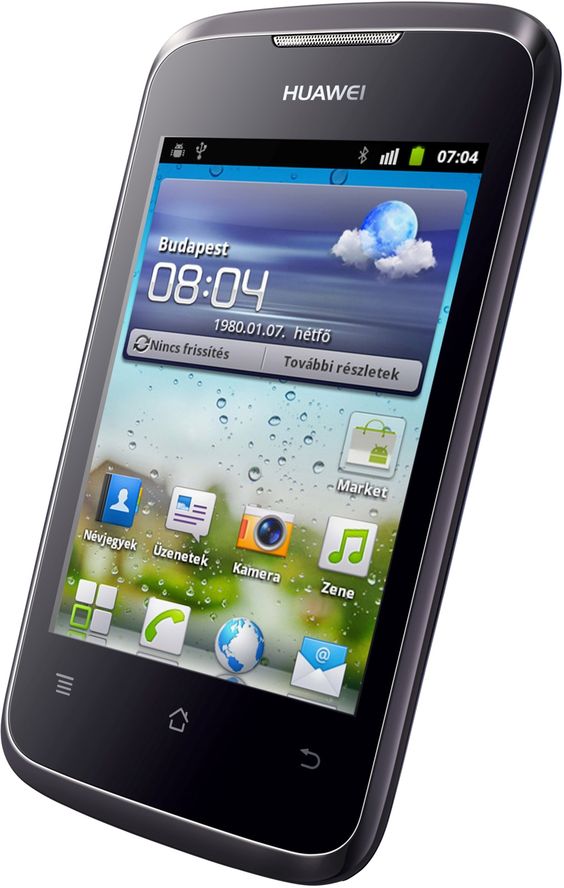
This has been my year for acquiring new technology, beginning with a new external hard drive just after Christmas 2011, to a new desktop machine right after New Year. The keyboard, printer, scanner have all given way to replacements; while even the internet package and modem are new. TelstraClear then gave me a new freebie (since the NZPO days I’ve never paid for a phone) 華為 (Huawei) cell and while I could hardly be called a typical user—it’s the last mode of communication with me and I don’t always carry it—the first few days (since Thursday) with the gadget suggests how I might change the way I consume technology.
First, the money. Because this device sucks up more bandwidth and because wifi in Wellington is still patchy (it might have been different if the mayoral race finished in a different order!), I’ve opted to pay NZ$15 for extra megabytes each month. I’m already paying roughly that but that was on an old 3G device. It’s not a powerful device, which means there are foreseeable memory issues, and while I’ve stuck an old 2 Gbyte Micro SD card inside it, that’s not going to accommodate much now that the photos are larger, and the videos I store need to be.
The big screen needs to be protected: my Facebook feed had seen far too many complaints about broken Iphone screens, so I ordered a leather case on Ebay for under US$5. It sure beat one on Amazon for over US$30, plus shipping. Already this gadget is costing me and not gaining me much in efficiency. A new 32 Gbyte card will set me back another NZ$40 and I’m not convinced I need it yet for efficiency’s sake.
Secondly, the division of tasks: I can foresee the desktop machine being for the heavy-duty work stuff, as it is for a lot of people, and portable devices being used for leisure. Nothing earth-shattering or pioneering about that prediction. The apps still aren’t there yet, and what is more likely going to happen is that these devices become walking CPUs that communicate with more traditional peripherals, but for now, it’s been useful as a camera and social media tool. Which means the PC is for everything else. It is proof, to me, that Microsoft made the right punt with Windows 8 as personal computing is shifting very rapidly this decade away from the desktop-bound model that started in the 1980s.
I doubt I will go to email on the go—the way I archive for legal reasons means that I’ll continue to use a traditional client and I still don’t trust the cloud for email—which points, again, to portable meaning leisure. It’s a camera, social media updater, and video player. Since I almost never give out the number, since that would mean succumbing to the technology and losing control over how I manage telephony, it’s not going to make the jump into a work tool.
It’s also not that reliable, which makes it largely a plaything. Just as I could crash Google Chrome in almost every session—earning it the dubious nickname of ‘the “Aw, snap” browser’—I can crash this one almost every hour. Since it’s Android, I assume the browser is made by Google. Plus everything is connected back to a Google account, and no matter how hard I try to maintain my privacy, Google will inevitably leak.
Google forced me to open a Gmail even though I had an existing Google Plus account. I’ve since deleted the Gmail but it remains associated with Google Play and its apps. After opening that, I went browsing through the Dashboard to find out some disturbing things. Even though I never linked my YouTube account with my Google one, Google still managed to track that I had viewed about a dozen videos from a few months ago. It had the history in YouTube turned on as well as targeted advertising, which I had clearly opted out of (and made a big hoo-ha about it at the time because of Google’s deceptive conduct—it shows that that deception never ended despite my getting the NAI involved). And, naturally, when you visit the YouTube privacy page, you get a 404—which shows how much Google cares about privacy.
I regularly turn off the apps and have a lot of the privacy locked down on the cell. But I don’t think the US and Australian governments have much to fear from China on these Huawei phones. Google is learning a lot, lot more about us than China ever could.
The keyboard is inefficient, though the design of it is as good as it can be. I can’t think of a better way.
Yet despite all this, there are plus sides. Mobile optimization for some sites is beautiful and the crash-prone browser renders things well. (A friend suggested Opera, and while I like the less graphics-intensive pages, it interprets pages with plenty of glitches, including spacing ones, which are less forgiving on a modern cell.) The Droid typeface family from Ascender Corp. has to be the number-one reason for making it appealing—my Iphone friends liked what they saw with the UI in general and felt it an improvement on what they have. And for those who are visually driven, rather than aurally, then the Huawei makes for a nice little device. I like the Tumblr app on it so some of my procrastination sites can be put on the gadget.
End of story: I’m far too ingrained in my habits to become a regular cell user. I’ll still leave it lying about at home for the most part. But on the days when I expect a call from someone, or when I need to take a quick photo, I can see it being indispensable—with much more pleasant graphics built in. And if it becomes the plaything for social media, then I might have fewer distractions when I do my real job on the desktop. Being able to divide the tasks, to me, is a very good thing—because it helps put me in charge of the technology again.
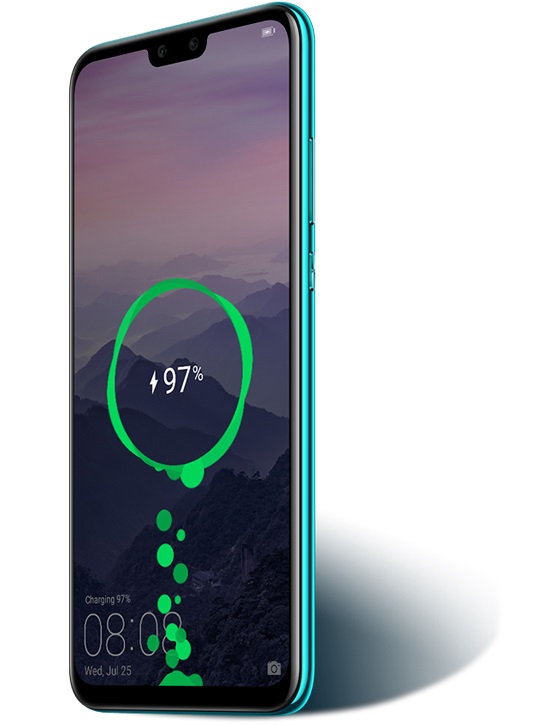
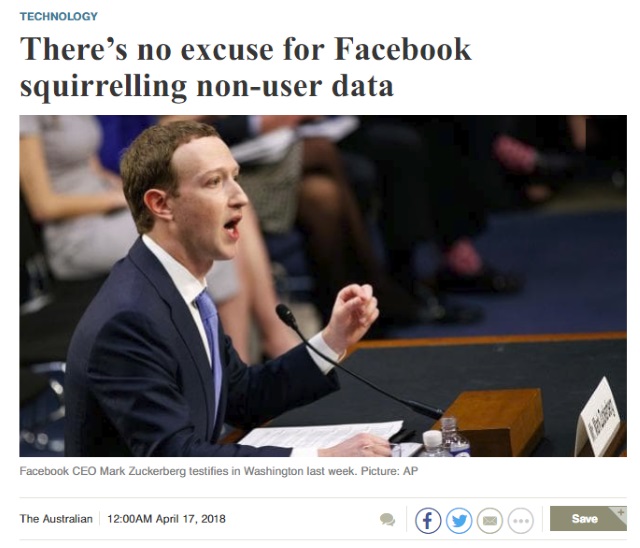
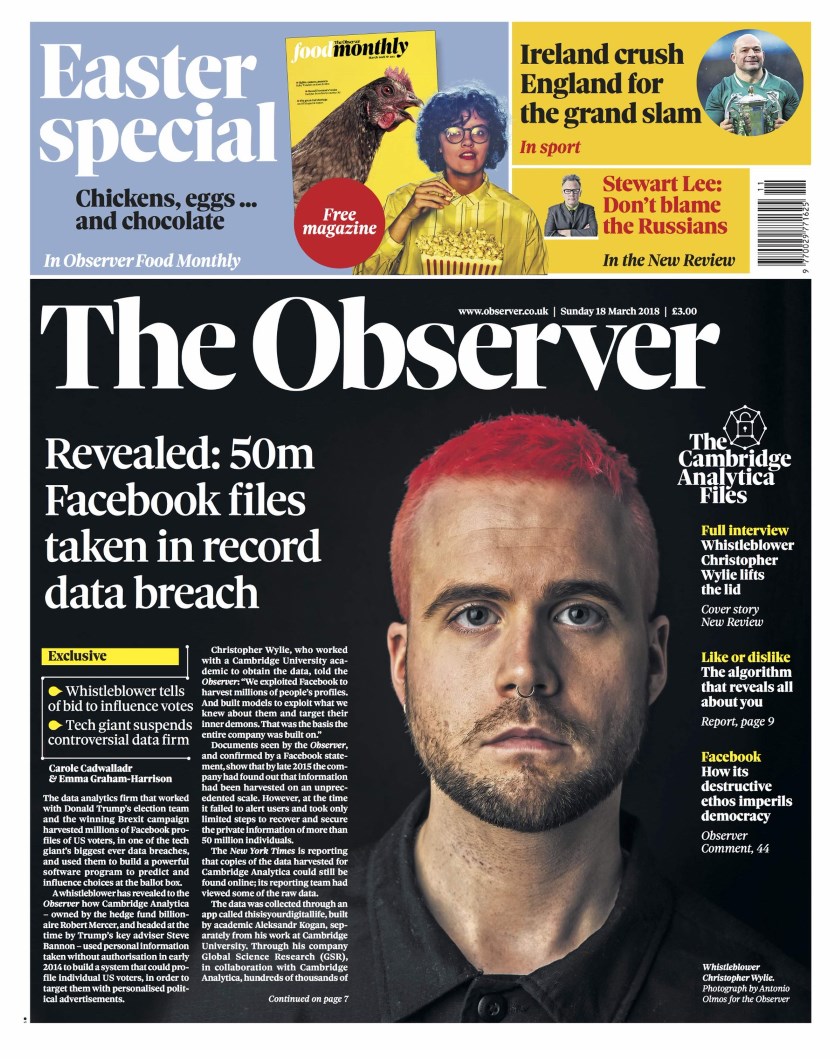
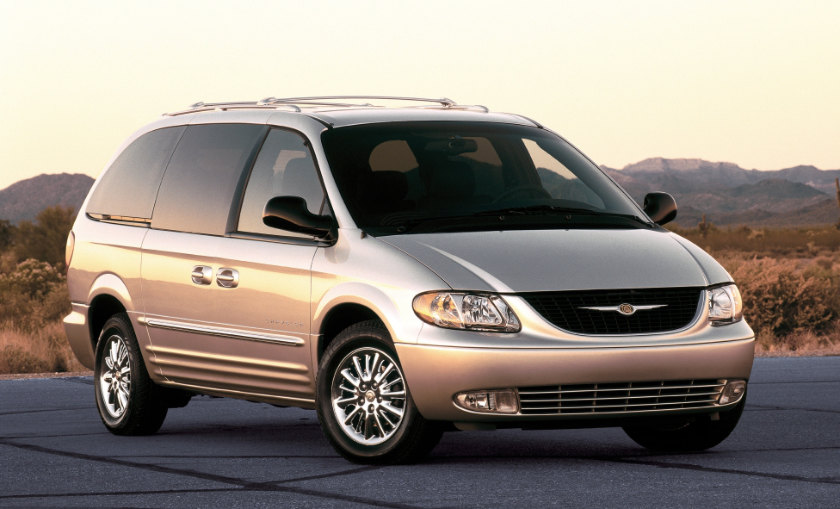
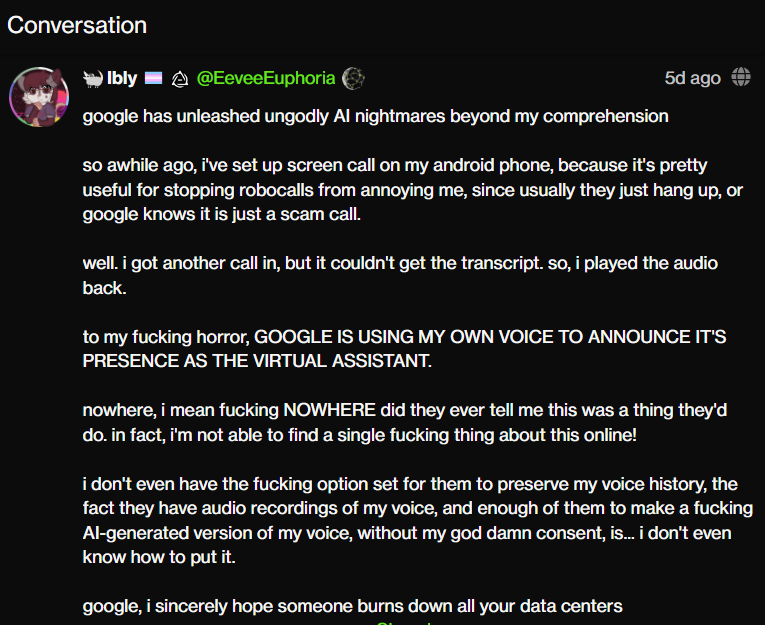
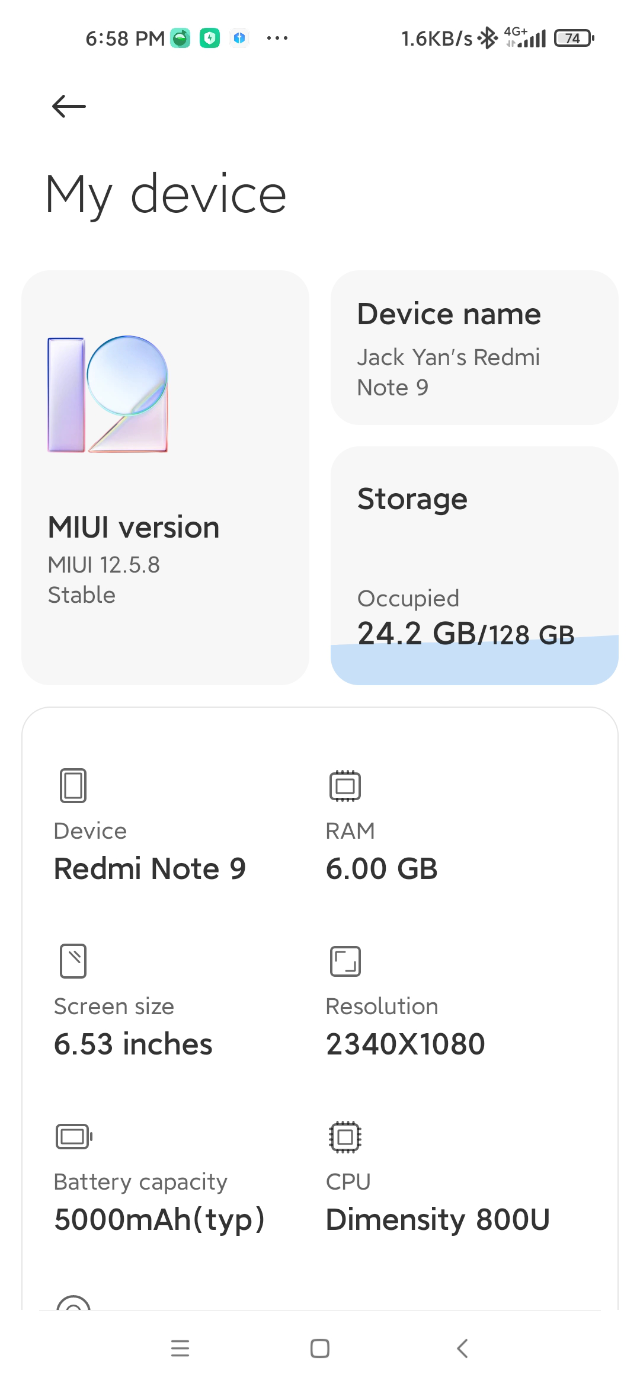
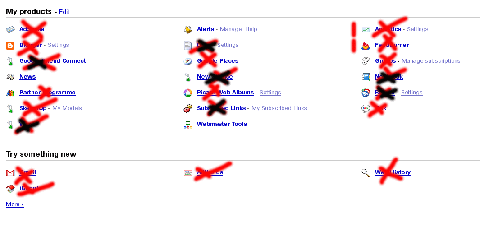
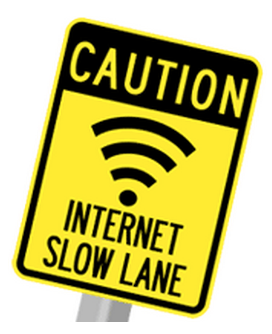
3 thoughts on “The modern phone shifts how I consume technology—but only slightly”